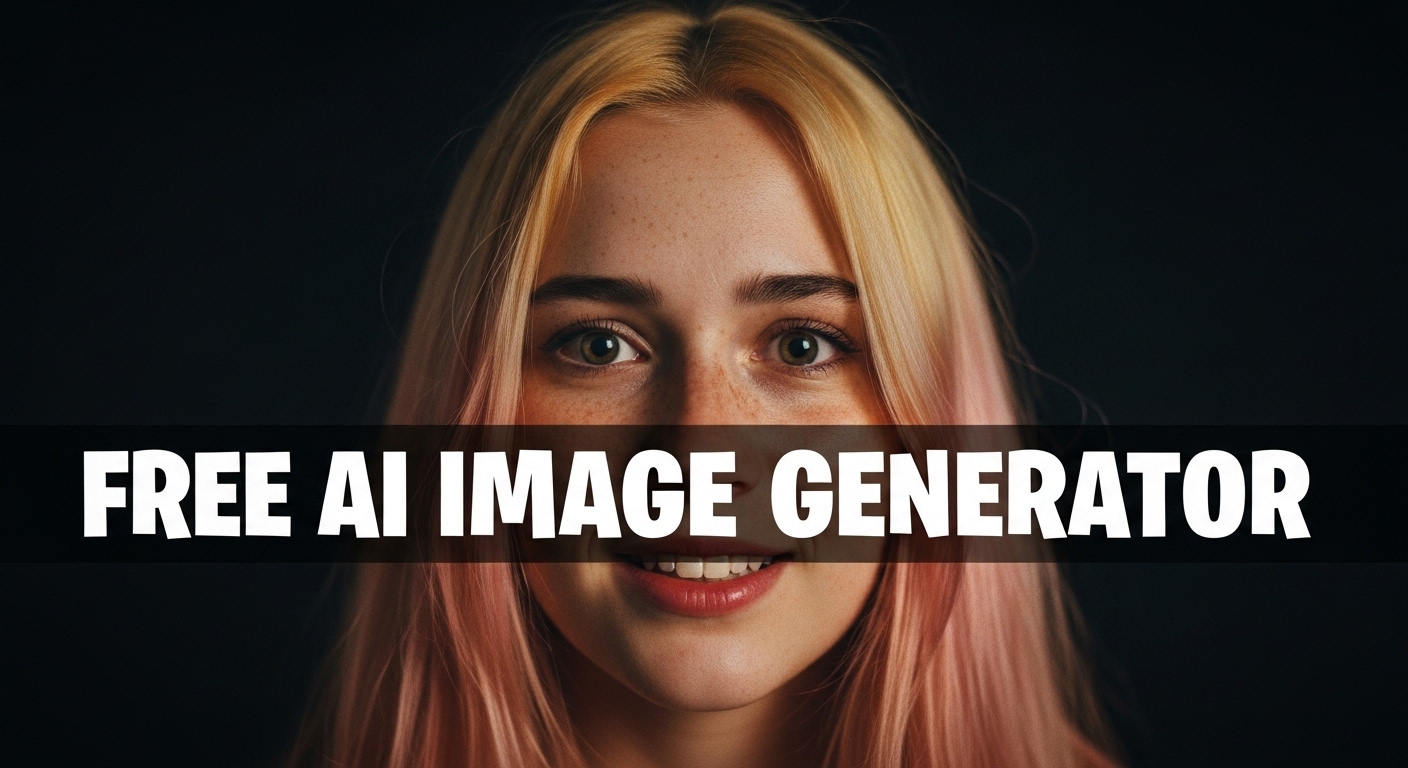Textile Art Image Generator
Textile Art Image Generator is a free online tool to generate textile art style images. The tool is free to use, just enter prompt in textile art style and generate textile art image style in seconds similar quality to flux, midjourney, open ai, imagen, nano banana AI image quality.
Generate Textile Art AI Image for Free
What is a textile art Generator?
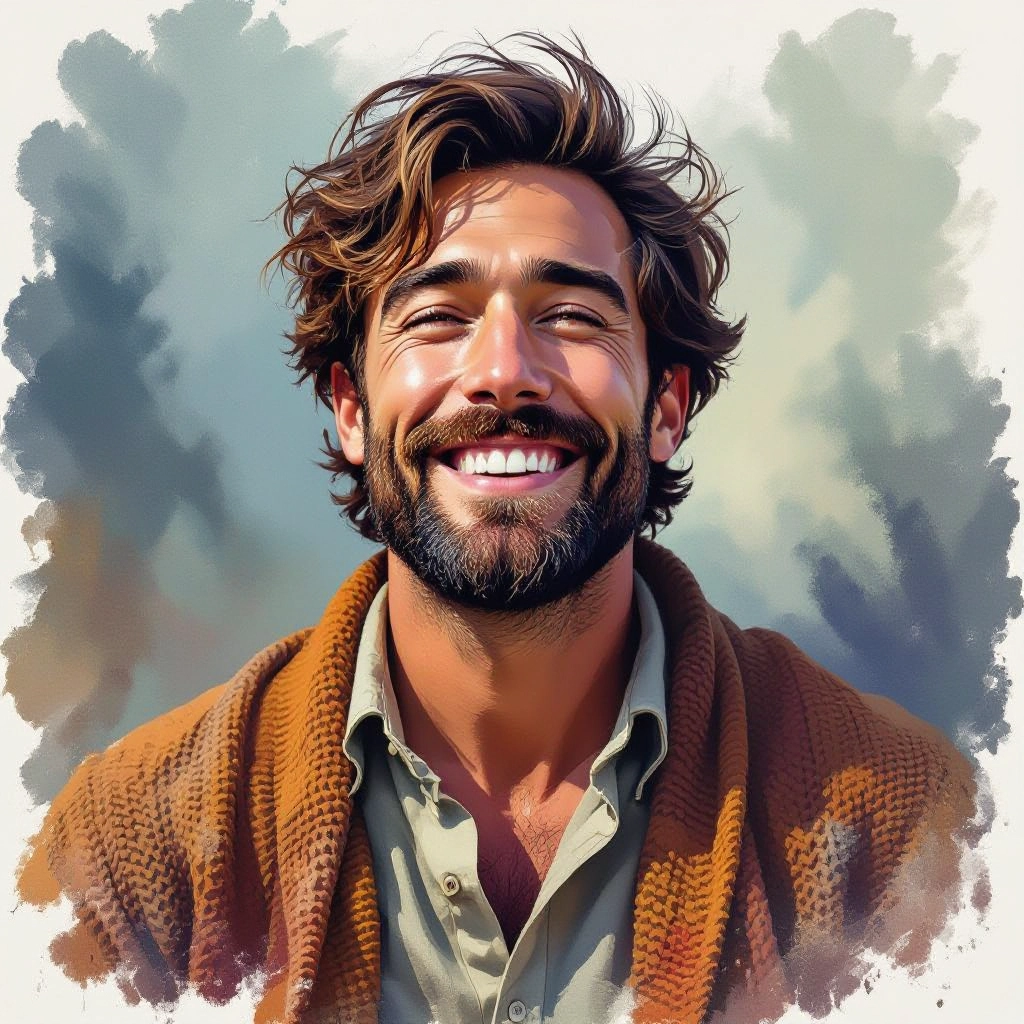
A Textile Art Generator is an AI-powered image tool that converts textual prompts into visuals that mimic specific fabric techniques and surface details. Instead of generic imagery, it simulates yarn structure, stitch patterns, weave density, pile height, and printing methods so results read as woven textiles, embroidered panels, printed silks, knitted swatches, or tapestry segments. The generator maps color blending and thread direction to produce realistic textile relief, texture, and edge fray appropriate to the chosen technique.
Designers, craft artists, textile manufacturers, interior stylists, and educators use this generator to prototype surface patterns, test colorways, and visualize material behavior before sampling. It speeds concept development by producing high-fidelity fabric mockups from short prompts, helps communicate tactile intent to production teams, and provides a library of style variants for product catalogs and mood boards.
How to Create textile art Images
Step 1: Enter a concise prompt specifying the textile technique, scale, and materials, for example: "small-scale Jacquard floral, cotton warp, muted indigo palette, fine stitch texture". Step 2: Choose or tweak parameters for thread density, colorfastness simulation, and background surface to emphasize weave, embroidery relief, or print halftone. Step 3: Generate and review the output, then iterate by adjusting stitch size, yarn sheen, or repeat scale until the mockup matches your design intent; export high-resolution files for presentation or sampling.
Enter AI Textile Art Prompt
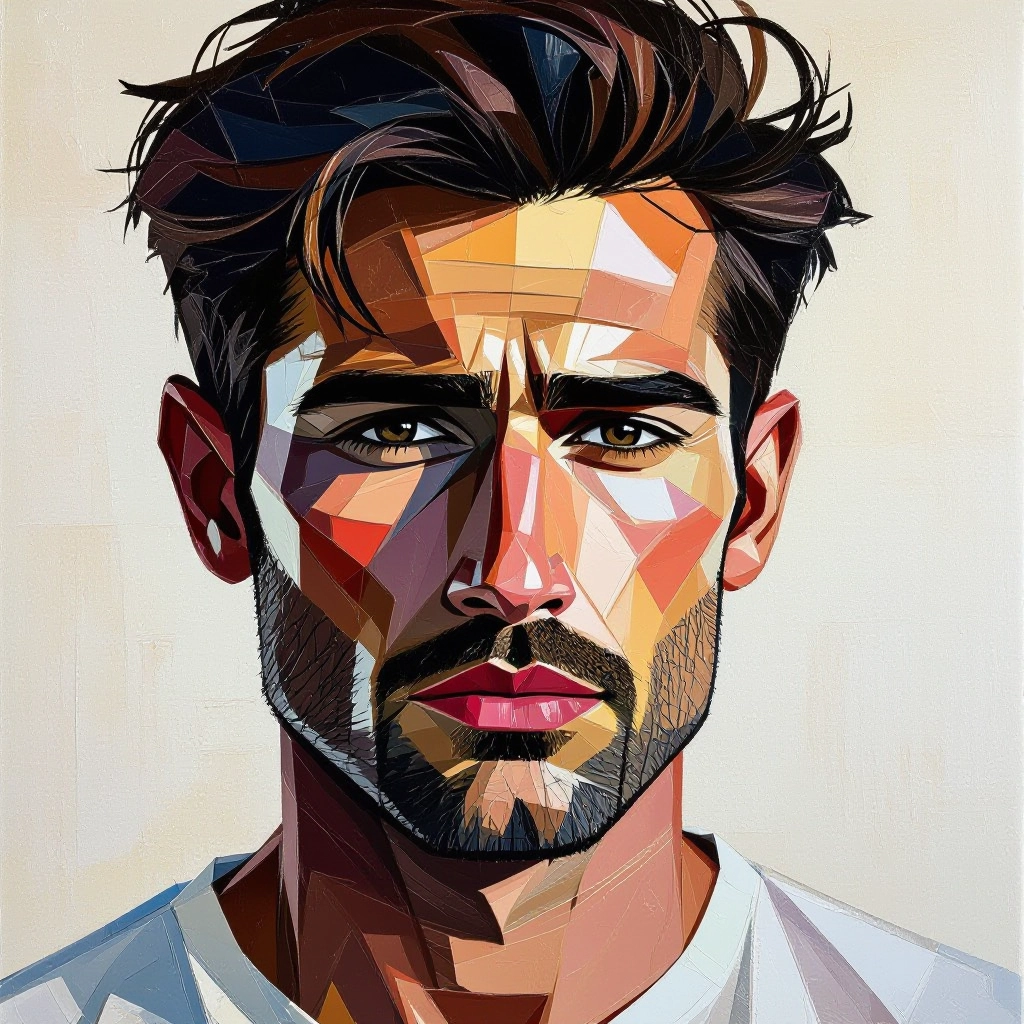
Type your textile art character or scene description in the prompt box. Include details like character appearance, clothing, expressions, and setting to get better AI textile art results.
Choose AI Model Settings
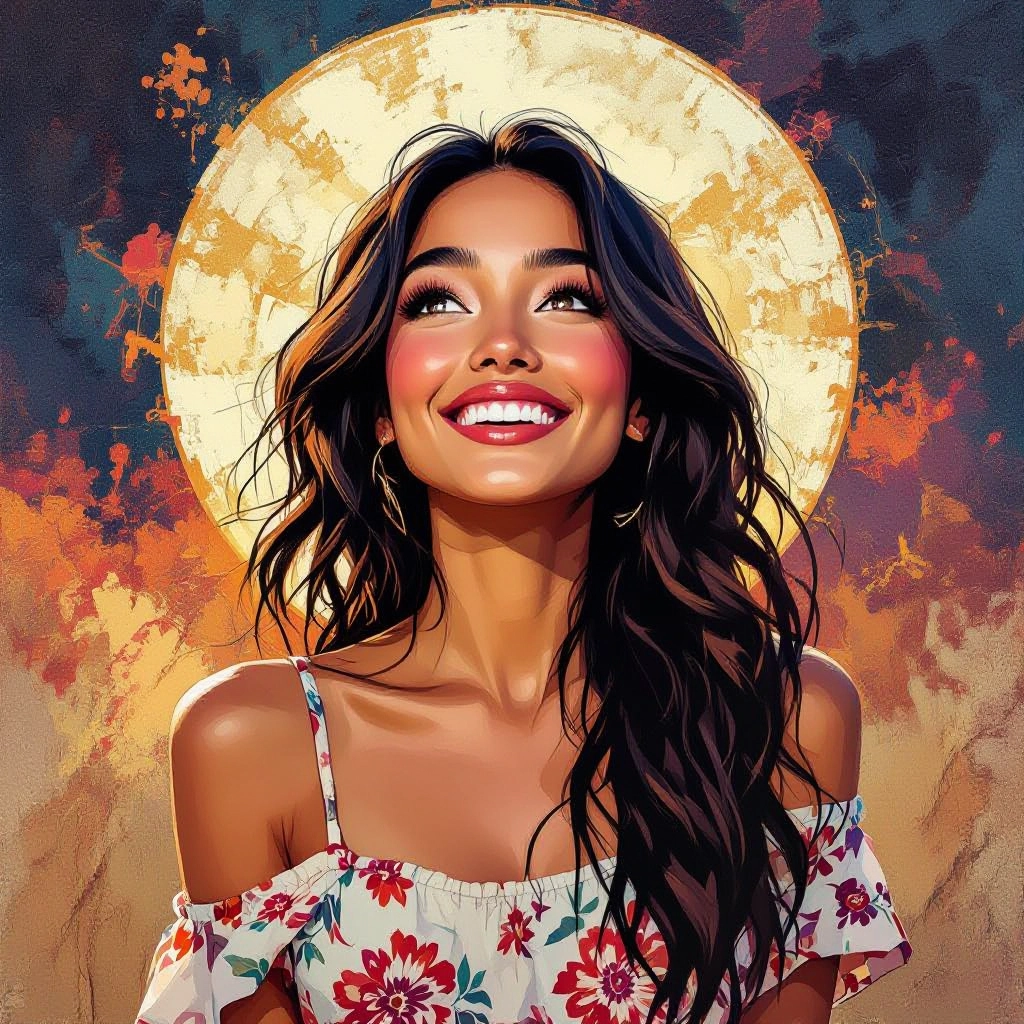
Select your preferred image size and aspect ratio. Our AI model delivers professional quality comparable to:
- • Flux AI Quality
- • Midjourney Standard
- • OpenAI DALL-E
- • Google Imagen
Download AI Textile Art Image
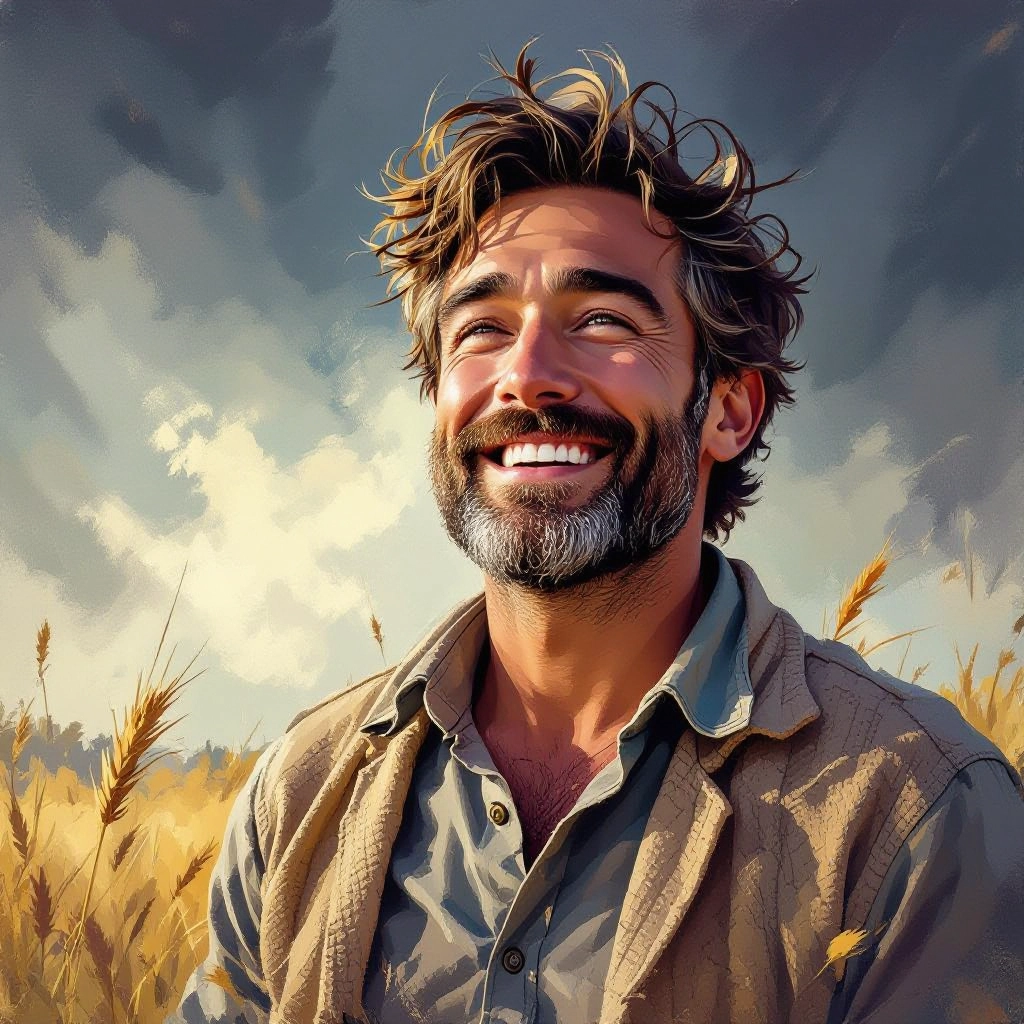
Once your AI textile art image is generated, click the download button to save it to your device. The image will be in high quality format ready for use.
Features of AI textile art Image Generator
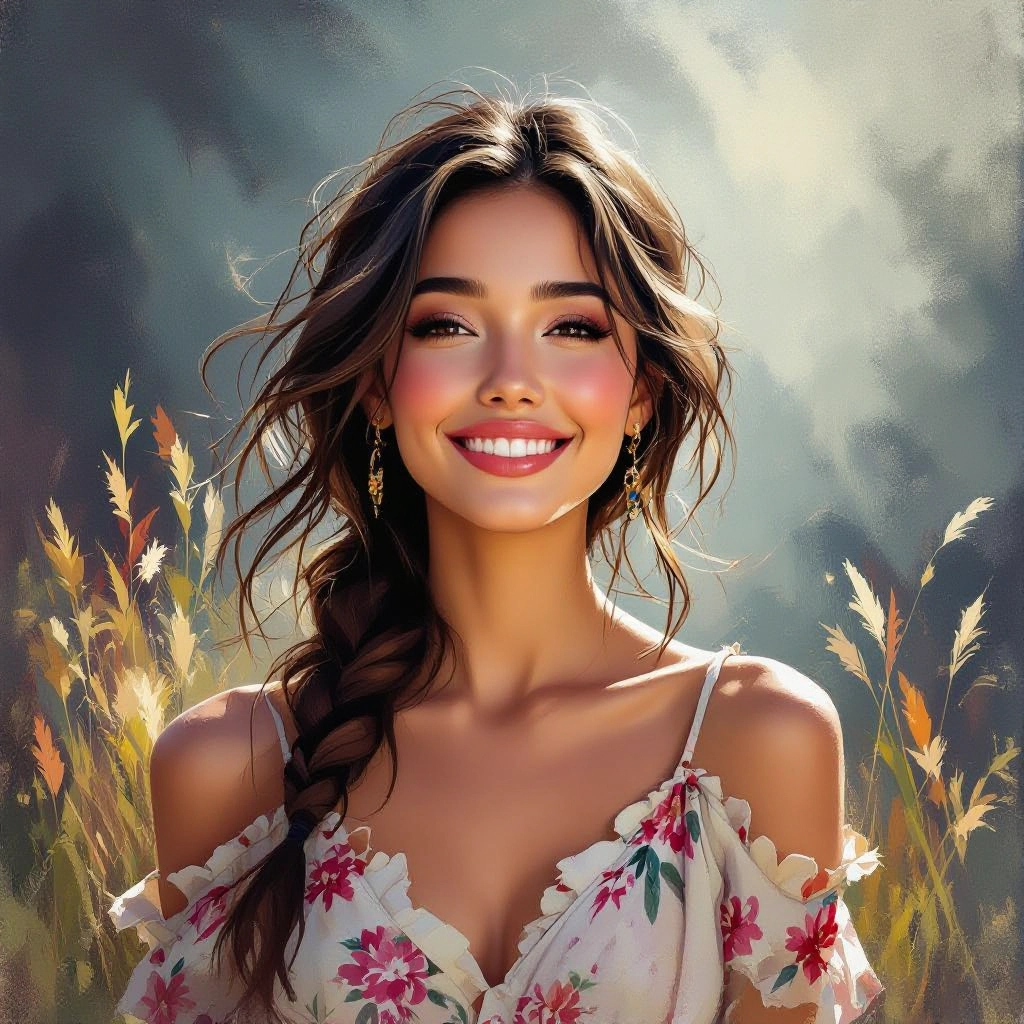
Technique-specific rendering
Renders distinct textile techniques such as plain weave, satin, twill, embroidery, quilting, knit, and tapestry with accurate visual cues like float lengths, stitch loops, and needle passes so each output reads as a real textile method.
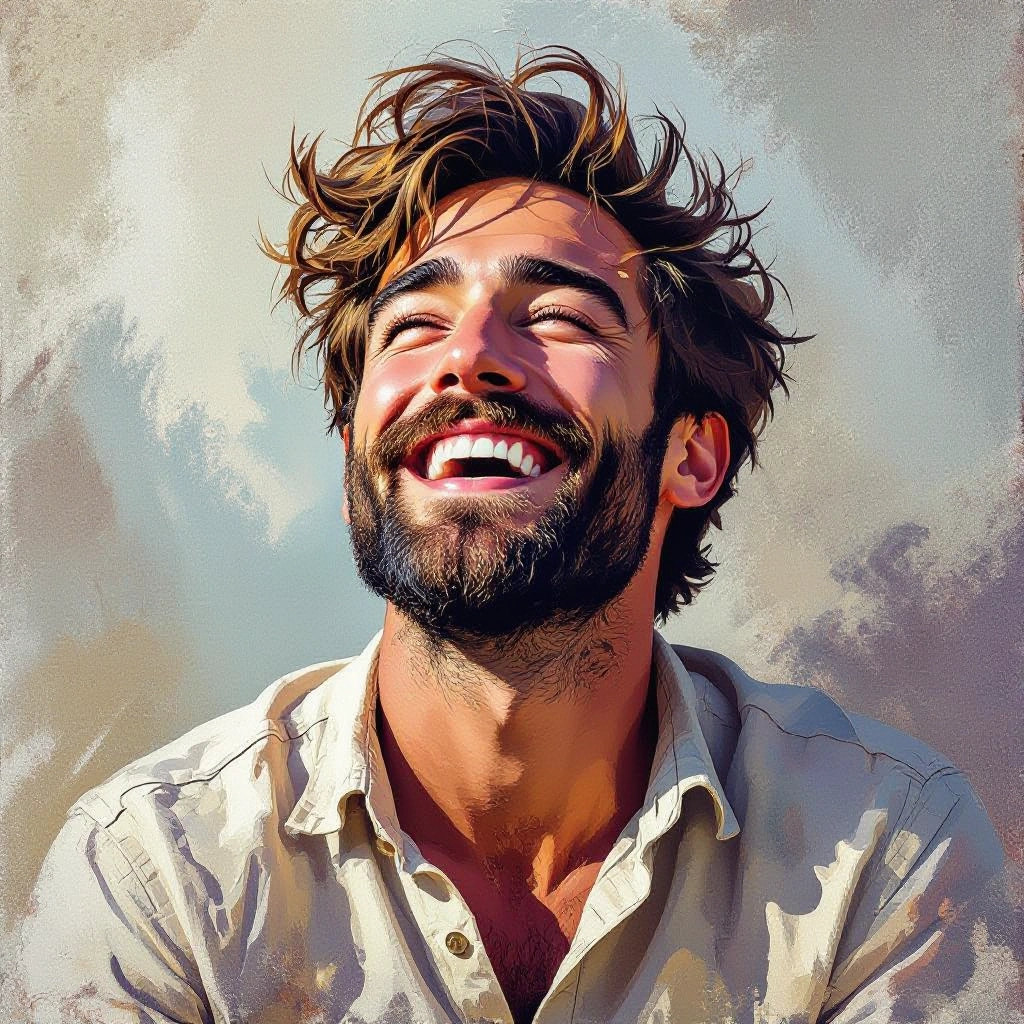
Custom yarn and thread simulation
Adjust thread thickness, twist, sheen, and fiber type to see how cotton, silk, wool, or synthetic yarn behaves in pattern and light, enabling realistic surface appearance for different production scenarios.
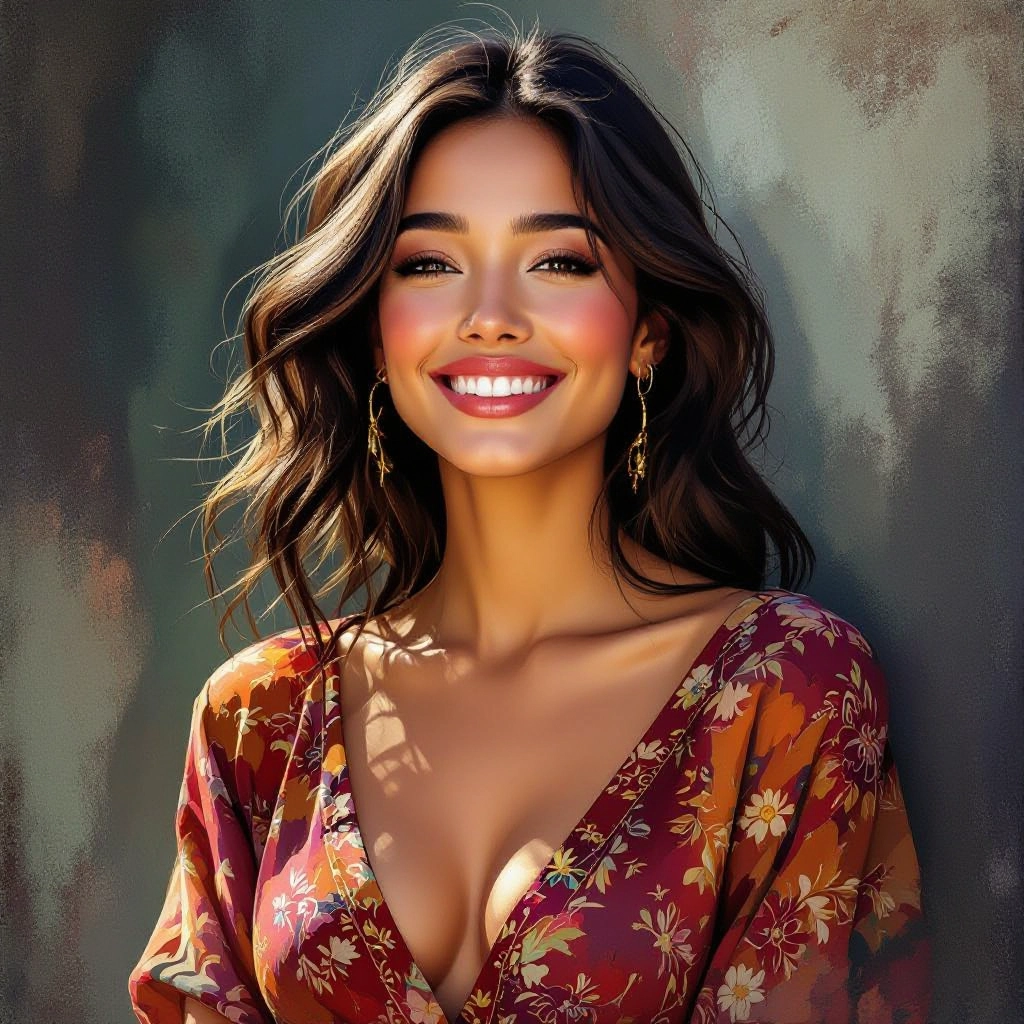
Scale and repeat control
Fine-tune motif scale, repeat layout, and selvedge behavior to produce seamless repeats, large-scale upholstery visuals, or micro-pattern swatches suitable for printing or loom setup documentation.
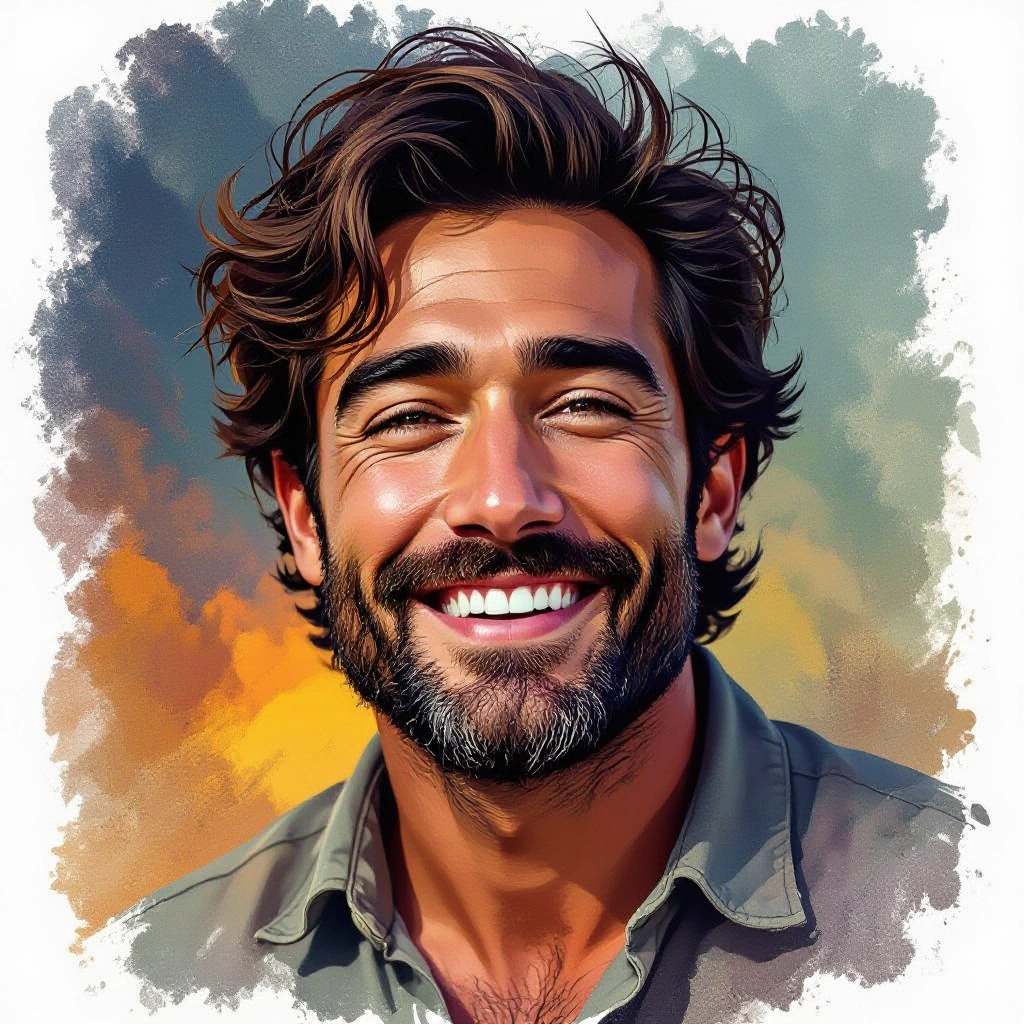
Texture depth and relief options
Control pile height, stitch relief, and embossing effects to emphasize tactile cues like raised embroidery, tufted rugs, or needle-punched surfaces for more faithful prototyping of finish and hand.
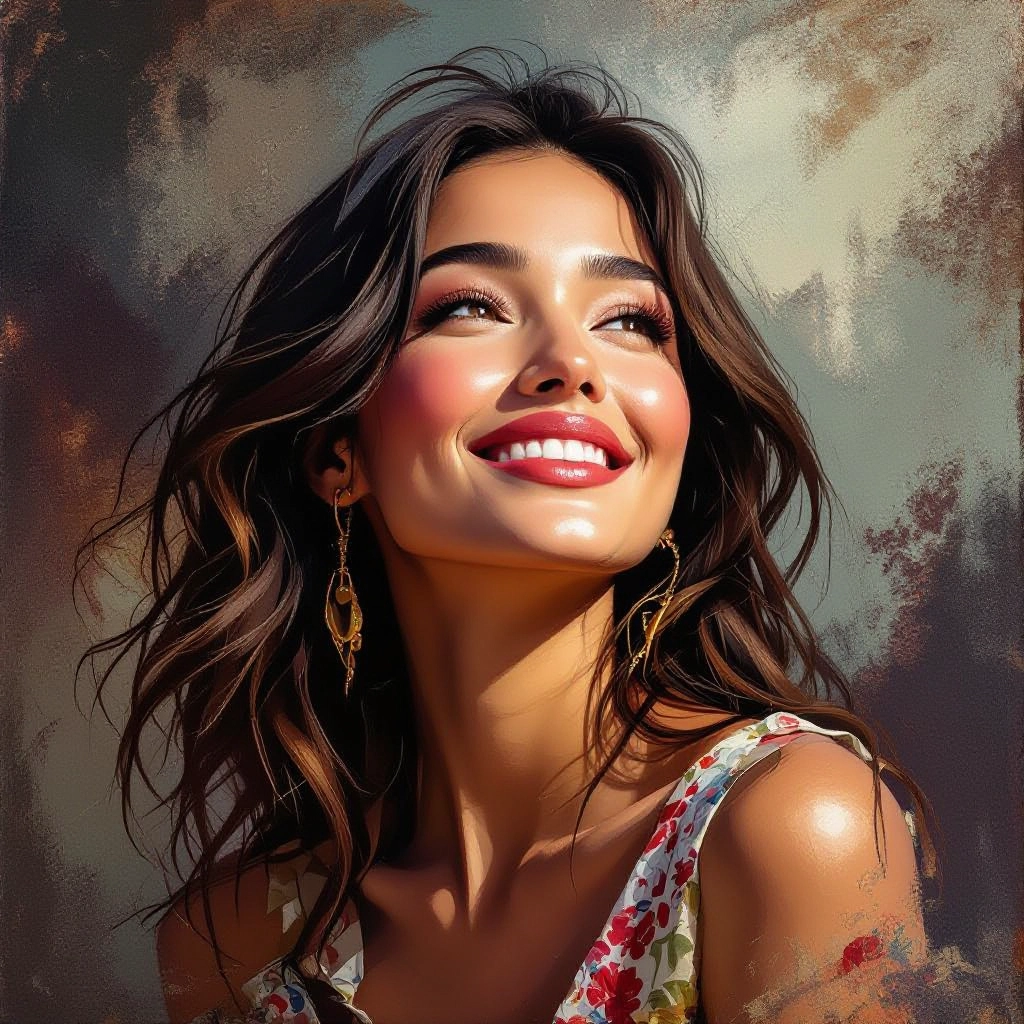
Export formats for production
Export in high-resolution PNG, TIFF for print-ready files, and layered PSD options that separate colorways, stitch layers, and pattern repeats for downstream design and technical handoff.
Types of AI Powered Textile Art Style Images
Explore common textile styles the generator can emulate, each tailored to convey specific material qualities, construction details, and surface treatments so you can match the look to your project need.
Woven Fabric Mockups
Simulates warp and weft interlacement with visible floats and yarn blends to create linens, cotton cambrics, and upholstery weaves that show realistic thread intersections and shading.
Embroidered Panels
Generates stitched motifs with satin stitch, chain stitch, and seed stitch textures, rendering thread sheen and stitch direction to convey raised embroidery and typographic stitched text.
Printed Textile Repeats
Produces surface-printed designs with halftone, discharge, and pigment print effects, including simulated ink saturation, edge bleed, and fabric absorbency for accurate print previews.
Quilted and Padded Textures
Creates quilted patterns with stitched channeling, batting loft, and edge binding details to visualize warmth, drape, and seam placement for outerwear or home textiles.
Knitted and Crochet Patterns
Replicates knit stitch structures such as jersey, rib, and cable with loop detail, tension variance, and yarn fuzziness to show stretch, drape, and hand for garment design.
Tapestry and Jacquard
Emulates complex woven imagery using simulated warp-faced and weft-faced techniques, presenting color blending through warp/weft interaction typical of jacquard looms and studio tapestries.
Applications of AI textile art image style
Fashion prototyping
Rapidly visualize surface treatments, stitch details, and fabric behavior in garments before physical sampling, reducing iterations and material waste in seasonal collections.
Surface pattern development
Generate multiple colorways and repeat scales for prints, woven motifs, and embroidered trims to create cohesive collections and digital libraries for licensing or production.
Interior textile design
Produce upholstery, drapery, and rug mockups showing pile, tufting, and weave density so interior designers can evaluate texture, light response, and scale in situational presentations.
Textile education and research
Provide students and researchers with accurate visualizations of historical techniques, weave structures, and experimental fiber blends for analysis and documentation without physical sampling.
Product visualization and marketing
Create high-fidelity fabric imagery for e-commerce, lookbooks, and social campaigns that highlight tactile details, colorways, and finish options to boost conversion and storytelling.
Technical handoff and production
Export detailed mockups and layered files that communicate repeat size, stitch placement, and yarn choices to mills, embroiderers, and printers for efficient production setup.
FAQs about AI textile art image generator
Can I control stitch density and yarn thickness?
Yes. The generator provides sliders or prompt parameters for stitch density and yarn thickness so you can simulate fine embroidery stitches, bulky knits, or tight woven constructions to match your intended hand and appearance.
What file formats are available for export?
You can export high-resolution PNG and TIFF images for print and PSD files with separated layers for pattern, colorway, and texture maps to facilitate further editing and production requirements.
Are generated textile images suitable for commercial use?
Most outputs are suitable for commercial use, but you should check the platform's licensing terms. For assured production and resale, export layered files and record any reference or training image sources you supplied.
Can I use my own reference images or fabric scans?
Yes. Uploading a reference fabric scan or photo helps the model match weave, color palette, and texture details. The tool can combine reference imagery with textual prompts to produce faithful variations.
How do I achieve repeatable seamless patterns?
Set the repeat control to seamless mode and define the repeat tile size in your prompt or settings. The generator will align motifs and edges to produce a tileable file ready for roll-to-roll printing or digital repeat layout.
Can the tool simulate dye and print processes?
The generator can mimic common dye and print effects such as reactive dye saturation, pigment printing, discharge, and screen ink bleed. Adjust absorbency and ink opacity parameters to preview different production outcomes.

Explore All Image Generators
More generators coming soon!
